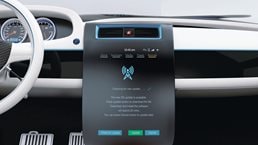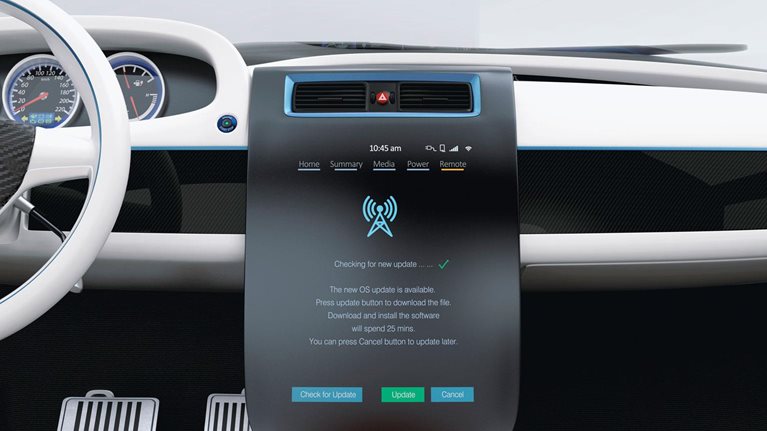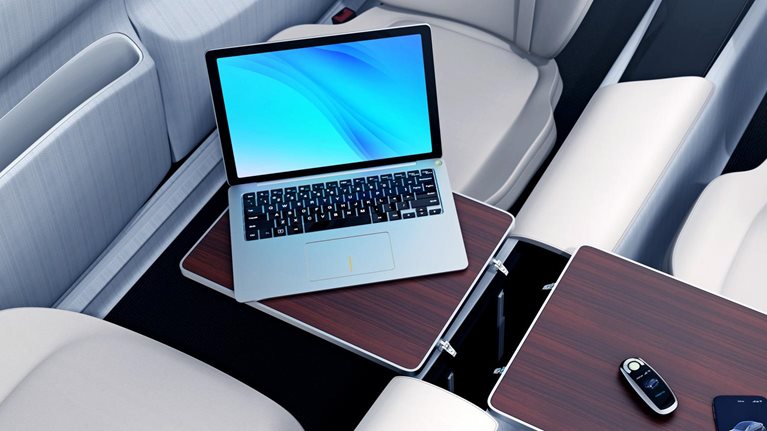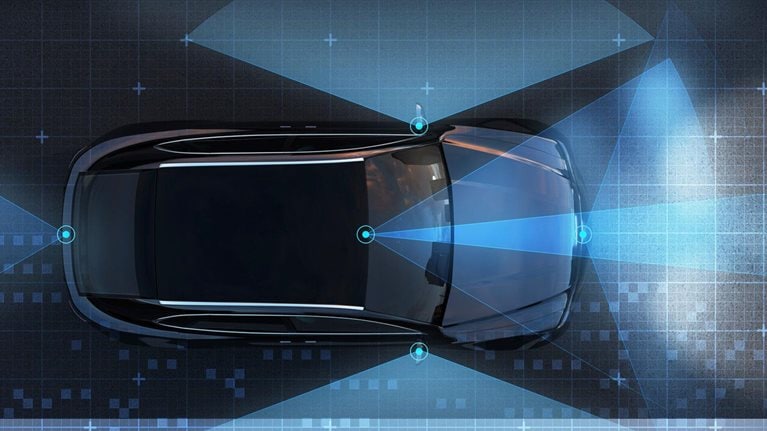Connectivity solutions and in-car digital offerings, such as entertainment and advance hazard warnings, will play an increasingly important role in the future mobility experience. Many of these features are already in demand, and the market is growing. By 2030, core connectivity use cases, such as gaming and over-the-air upgrades, among others, could deliver $250 billion to $400 billion in annual incremental value for players across the mobility ecosystem.
Primed to enhance the car experience for drivers and passengers, OEMs and other mobility stakeholders want to understand consumer preferences and use cases for connectivity and digital services. The McKinsey Mobility Consumer Pulse Survey, which regularly asks mobility users about their perceptions and preferences for connectivity solutions and digital in-car offerings, may provide them with important, region-specific insights that can guide their next steps (see sidebar, “Survey details,” for more information about the methodology). This article reviews the most recent survey data (from December 2022), the need for smartphone integration, preferred services and payment options, data-privacy concerns, and regional trends.
A seamless smartphone interface sets the bar
In our survey, half of car owners say they want to use connectivity solutions and that in-car digital offers more in the future. Across locations, electric-vehicle (EV) buyers are most open to these services, with about 69 percent planning to increase their use of connectivity solutions, compared with 47 percent of buyers who intend to purchase traditional cars.
Despite this interest, the survey also reveals some areas for concern. Only 17 percent of all consumers say they are satisfied with their existing connectivity offers, which could potentially depress demand. These findings suggest that OEMs could benefit from continuing to refine their connectivity offerings and from identifying the features and services that consumers most value and use.
Many consumers immediately compare the built-in services that OEMs include in their vehicles to those available through their smartphones. This tendency is important, since most OEMs include smartphone projection interfaces, such as Apple CarPlay or Android Auto, in their basic feature packages. When asked about system preferences, our survey revealed that:
- almost half of car buyers would not purchase a vehicle that lacked Apple CarPlay or Android Auto
- 45 percent of car owners who have Apple CarPlay or Android Auto use the service regularly; another 40 percent connect periodically
- 85 percent of car owners who have Apple CarPlay (or a similar service) prefer it over the OEM’s built-in system
Consumers’ perceptions of relevance and value vary by connectivity feature
Consumers consider driving-convenience features and productivity amenities, such as intelligent parking-spot finders, in-car payment, and vehicle Wi-Fi hot spots, to be among the most important connectivity and digital offerings. Regular usage—basically, how relevant these features are to a driver’s daily routine—appear to be linked to value ratings. If an in-car connectivity service is also standard on smartphones, consumers may be less willing to pay for it.
In our survey, 30 percent of respondents say that they find individualized connectivity features, such as in-car personal assistants, to be valuable. At present, however, in-car entertainment use cases and gaming solutions only attract a small subset of customers, and these services received mediocre value ratings in our survey (Exhibit 1). The expected growth of autonomous cars, which would allow drivers to take their attention from the road, could widen the appeal of in-car gaming and entertainment. The growth of EVs could have a similar effect, since it would increase the amount of idle time that people spend in cars as their vehicles are charged. Current EV owners, who are already spending time at charging stations, are twice as likely as traditional car owners to consider entertainment and gaming offers to be valuable.
Click the box on the right in the exhibit below to toggle between results for ICE buyers and EV buyers.
Our survey also indicates that consumers may place value on predictive-maintenance offers. Automated notifications about the need for upcoming maintenance and repairs could help them keep their vehicles in shape and avoid potential problems.
The survey also revealed that EV and internal combustion engine (ICE) buyers sometimes differ when considering the relevance of certain vehicle features (Exhibit 2). For instance, EV buyers assign high relevance to having an unlimited in-car mobile data plan, placing it among the top eight individual connectivity features out of 21 features tested. ICE buyers considered this feature slightly less relevant.

Consumers prefer flexible access to features and dynamic new service offers
Most consumers want flexible access to connectivity features, with less than a third of survey respondents stating that they would prefer to lock themselves in by paying a one-time fee as part of the vehicle configuration. Within the subgroup of EV buyers, 43 percent prefer the flexibility of subscription services for in-car connectivity digital solutions (24 percent want monthly fees, and 19 percent are ready to commit annually for small discount) (Exhibit 3).

Overall, about 80 percent of consumers want to select their initial connectivity services before or at the time of vehicle handover, allowing them immediate access.

Unlocking the full life-cycle value from connected-car data
Among EV buyers, 40 percent show interest in usage-based insurance products, such as pay-as-you-drive programs for which the insurance tariff depends on driving patterns. In addition, 47 percent of EV buyers are interested in unlocking features on demand, such as advanced driver assistance systems, for a permanent or temporary fee, even after the point of purchase.
Data privacy remains top of mind
As cars become more connected, they will compile vast amounts of information about consumers and their driving patterns. Our survey shows that data privacy is a concern among survey respondents, with fewer than 20 percent of all car owners willing to share their data. EV buyers, however, are now two times more likely to be willing to share their data than owners of traditional cars. When asked about the organizations they trusted with their mobility-related data, consumers say they are most likely to cite their vehicle OEM, followed by independent certified third-party data-management authorities and insurance providers. One out of three car owners indicate that they would be more likely to share their car-related data if their vehicle manufacturer offered simple opt-in processes.
As more data become available, new opportunities will emerge to monetize the data. OEMs should be careful to protect consumer privacy when pursuing them, however, or they may trigger some concerns.
China is leading the way in connectivity adoption
Our survey also provides insights about regional variations. For instance, connectivity offerings are four times more important during the car purchase process in China compared with other leading car markets. Overall, 54 percent of Chinese car buyers are open to switching their car brand for a better digital car experience; in Germany and the United States, less than 40 percent would consider this move (Exhibit 4). What’s more, about twice as many Chinese consumers find connectivity features valuable, compared with their European and American counterparts.

These findings are in line with long-standing patterns. Chinese consumers have led the way in adoption of in-car digital services and are more attuned to in-car connectivity offers, and the local car models available are testament to that. Given their expectations for connectivity, they may have a higher bar for the connectivity services expected in a base vehicle configuration.
As OEMs consider what connectivity and in-car digital services belong in vehicles, they will benefit from taking a consumer view. What features are most valuable and relevant to current drivers? And will it ever be possible to compete if the same offerings are available on smartphones? Going even deeper, it’s important to consider how consumers will want to pay for these services, as well as the countries where uptake might be more rapid and widespread. As connectivity features advance and their market value grows, answering these questions will become even more important.


